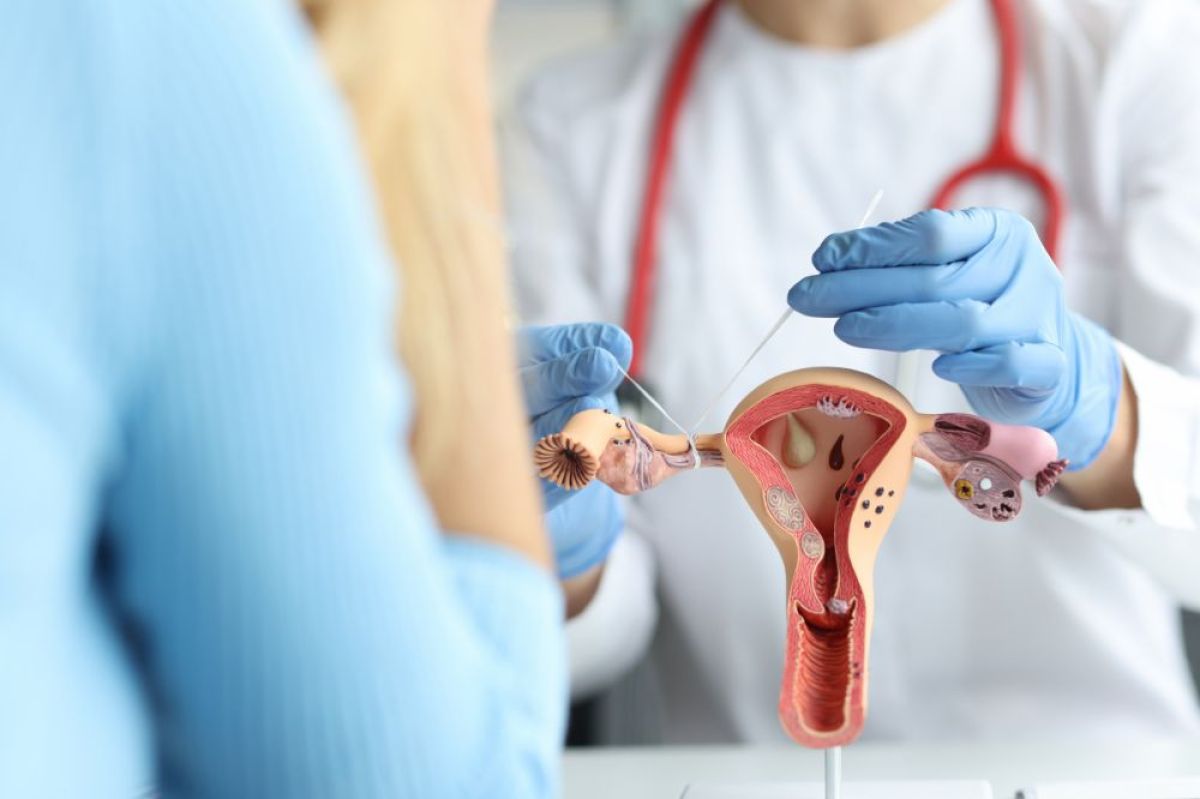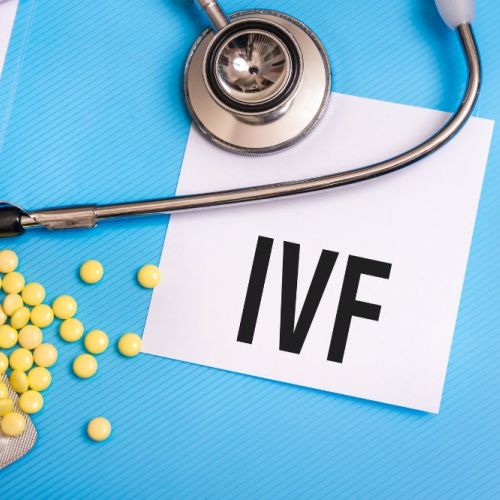How Much Tube is Needed for Tubal Reversal?

If you’ve decided you want to have a baby even though you had your tubes tied in the past, it may be possible to do a tubal reversal. A tubal reversal is a procedure that’s done to reopen and reconnect your fallopian tubes so that an egg can unite with sperm and allow you to get pregnant. Several factors need to be considered to determine if you’re a good candidate for a tubal reversal, such as your age, what type of procedure was done and how much tube remains.
Since the amount of remaining tube is a factor, most women who are interested in having a tubal ligation ask, “How much tube is needed for tubal reversal?” At the Center for Reproductive Health, expert staff are able to reverse almost all types of tubal ligations. A fallopian tube is usually around 10 to 12 centimeters long, which is about four to five inches. Even when fallopian tubes are cauterized or burned, the majority of the tube remains unharmed. Women who have about 7 cm of tubing left have the best chance of getting good results from a tubal reversal. If you have less than 5 cm of tubing, you may not be a good candidate for a tubal reversal.
What Other Factors Are Considered?
Several other factors are considered in addition to the length of tubing that remains. Your age is an important factor. The younger you are, the better chance of success you’re likely to experience after a tubal reversal, and the best success is usually achieved in women under the age of 40.
Before scheduling tubal reversal, your doctor does a thorough review of your medical history. If you have other problems that may affect fertility such as uterine fibroids, irregular periods or endometriosis, it can affect your chance of conceiving even if you have tubal reversal. The health of your partner’s sperm is also considered.
The success rate of a reversal procedure can be impacted by the type of procedure that was done. If rings or clips were used to tie your tubes, this type of procedure is usually easier to reverse than procedures in which the tubes were burned. Even if your tubes were burned, the procedure may be reversible if there’s enough healthy tube left for your doctor to reattach.
How Soon Can I Get Pregnant After Tubal Reversal?
Couples often are able to conceive six to twelve months after tubal reversal, and approximately 70 percent of people who have this procedure are able to get pregnant within a year. If you haven’t been able to get pregnant after tubal reversal or if you aren’t considered a good candidate for the procedure, another option is in vitro fertilization (IVF) a type of assisted reproductive technology.
The experts at the Center for Reproductive Technology want to help you attain your dream of having a successful pregnancy. They can help you decide if tubal reversal is right for you and what other options may be available to help you get pregnant. Schedule a consultation today.
Eliran Mor, MD
Reproductive Endocrinologist located in Encino, Santa Monica, Valencia & West Hollywood, CA
FAQ
Reproductive endocrinology and Infertility is a sub-specialty of Obstetrics and Gynecology. In addition to managing medical and surgical treatment of disorders of the female reproductive tract, reproductive endocrinologist and infertility (REI) specialists undergo additional years of training to provide fertility treatments using assisted reproductive technology (ART) such as in vitro fertilization.
Reproductive endocrinologists receive board certification by the American Board of Obstetrics and Gynecology in both Obstetrics and Gynecology and Reproductive Endocrinology and Infertility.
In general, patients should consider consulting with an REI specialist after one year of trying unsuccessfully to achieve pregnancy. The chance of conceiving every month is around 20%, therefore after a full year of trying approximately 15% of couples will still not have achieved a pregnancy.
However, if a woman is over the age of 35 it would be reasonable to see a fertility specialist earlier, typically after 6 months of trying.
Other candidates to seek earlier treatment are women who have irregular menses, endometriosis, fibroids, polycystic ovary syndrome (PCOS), women who have had 2 or more miscarriages, or problems with the fallopian tubes (prior ectopic pregnancy).
Approximately 1/3 of the time cause for infertility is a female factor, 1/3 of the time a male factor, and the remaining 1/3 a couples’ factor.
At CCRH, we emphasize the importance of establishing a correct diagnosis. Both partners undergo a comprehensive evaluation including a medical history and physical exam.
Furthremore, the woman’s ovarian reserve is assessed with a pelvic ultrasound and a hormonal profile. A hysterosalpingogram (HSG) will confirm fallopian tube patency and the uterine cavity is free of intracavitary lesions. A semen analysis is also obtained to evaluate for concentration, motility, and morphology of the sperm.
Additional work up is then individualized to direct the best possible treatment option for each couple.
In vitro fertilization (IVF) is the process that involves fertilization of an egg outside of a woman’s body.
The process starts with fertility drugs prescribed to help stimulate egg development. In your natural cycle, your body is only able to grow one dominant egg, but with stimulation medication we can recruit multiple eggs to continue to grow. After about 8-10 days of stimulation, the eggs are surgically retrieved and then fertilized with sperm in a specialized laboratory. Fertilized eggs are then cultured under a strictly controlled environment within specialized incubators in the IVF laboratory for 3-5 days while they develop as embryos. Finally, embryos (or an embryo) are transferred into the uterine cavity for implantation.
Before deciding if IVF is the right choice, it’s important to sit down with an REI specialist to discuss available treatment options. For some people, other methods such as fertility drugs, intrauterine insemination (IUI) may be the best first choice treatment. At CCRH, we believe each individual couple is unique and not everyone needs IVF.
While not painful, the fertility medications may some side effects including headaches, hot flashes, mood swings, and bloating. The injection sites may also bruise.
Unfortunately, no. Many people think once they start IVF it’s a matter of time that they will be pregnant and have a baby. But according to national statistics per the Society of Assisted Reproduction (SART), on average 40% of assisted reproduction cycles achieve live births in women under age 35. The chances of success then continue to decrease with advancing age.
At CCRH, we employ only evidence-based interventions to ensure patient safety and optimal outcome. While we cannot guarantee a baby, we guarantee that you will receive the best, most advanced, personalized care to help you maximize your chance of a baby.
The average IVF success rate (success measured in live birth rate) using one’s own eggs begins to drop around age 35 and then rapidly after age 40. This is due to the decline in egg quantity and egg quality as a woman ages.
Our clinic’s success rate consistently beats the national average year after year.
Individual insurance plans often do not have any coverage for infertility treatments. If you have a group plan, you can call members services to see if they have coverage for infertility (including consultation/workup and IVF).
After your consultation with our REI specialist, one of our dedicated account managers with sit with you to go over the cost of treatment.




